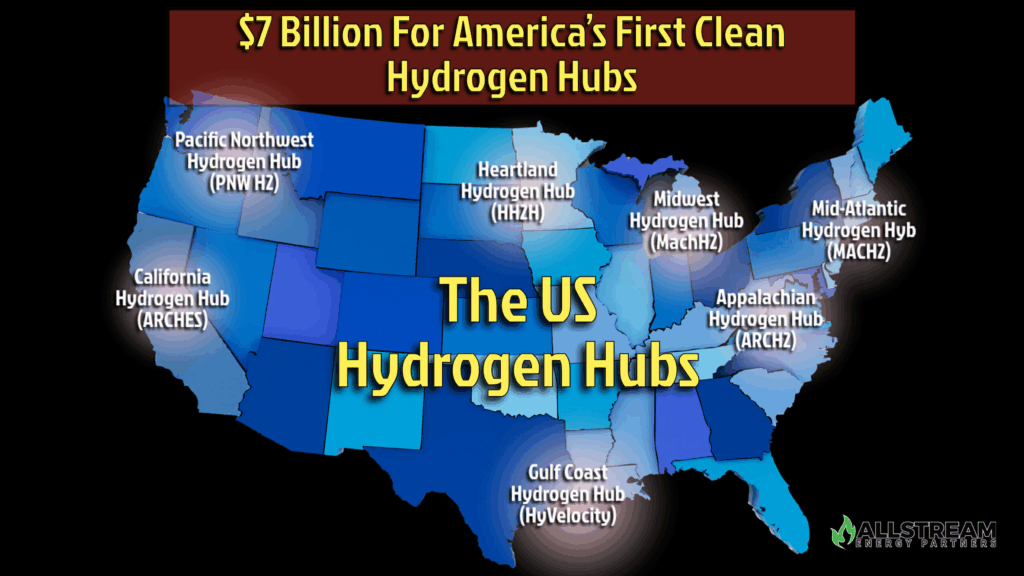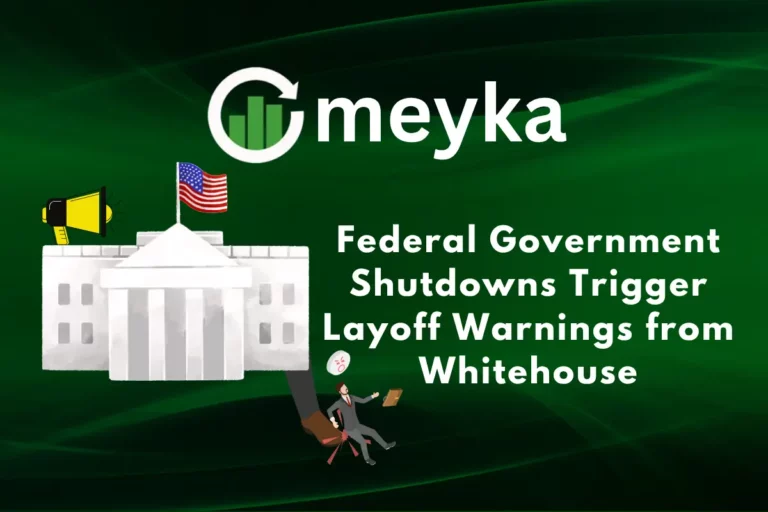Trump’s $7.6 Billion Energy Cuts Jeopardize California Grid Upgrade
California is home to nearly 39 million people and runs the largest state economy in the U.S. Its power grid is vital, yet often stretched thin. In recent years, we have seen blackouts during heatwaves, wildfire-related outages, and surging demand from electric cars. On September 30, 2025, the Trump administration announced $7.6 billion in federal energy cuts. These cuts target programs that support renewable energy, grid upgrades, and research.
This is more than a budget shift. For California, it could stall critical projects designed to modernize its aging grid. We rely on federal funding to expand solar, wind, and battery storage. Without it, delays are almost certain. The risk is clear: slower adoption of clean energy and a grid more vulnerable to climate extremes.
As we look deeper, the issue is not just technical. It is about the future of energy security, the cost we pay as consumers, and how we meet climate goals. Let’s explore what these cuts mean for California, how they affect ordinary people, and what paths forward remain.
Background on the Energy Cuts
On October 2, 2025, the U.S. Department of Energy (DOE) announced the cancellation of about $7.56 billion in awards that had supported clean-energy projects. The DOE said some projects did not promise enough taxpayer return. The cuts hit awards across offices that fund grid deployment, clean demonstrations, research, and manufacturing. This action followed a broader funding freeze tied to the 2025 federal budget fight and a government shutdown. The White House framed the move as fiscal caution. Critics say the cuts target projects in Democratic-led states.
California’s Grid Challenges and Upgrade Plans
California’s power grid faces many stresses. Heatwaves and longer fire seasons raise demand and risk of outages. Aging transmission lines strain under higher loads. The state has pushed big plans for solar farms, wind, long-duration storage, and stronger transmission to meet clean goals.

In June 2025, the California Energy Commission approved large solar-plus-storage projects to boost reliability. Major utilities also proposed multibillion-dollar upgrade plans in 2025 to modernize the system. Federal dollars often fill gaps for transmission, demonstration projects, and storage pilots.
Impact of Federal Energy Cuts on California
The canceled awards include grants, loans, and demonstration funding. Projects that counted on that support now face delays or cancellation. That slows the buildout of new transmission lines and storage sites. Some planned hydrogen hubs and clean manufacturing projects lost key commitments. The loss of federal funds raises the cost and risk for private partners. Small utilities and local governments are hit hardest. They lack deep pockets to replace large federal grants.

Short-term and Long-term Risks to Grid Stability
Short-term effects include paused construction and postponed pilots for grid software and controls. Long-term risks reach further. Without timely upgrades, the grid could struggle to carry large amounts of solar and wind. That raises the chance of rolling outages during peak heat.
It also slows the integration of battery storage, which smooths intermittent supply. Reduced federal research funding could slow new grid technologies that help manage wildfire risk and extreme weather.
Broader Implications for the Renewable Transition
Cutting federal support reshapes the national clean-energy roadmap. Some states will move faster on their own. Others will lag. California has strong state programs and incentives. Still, federal money leverages more private capital. Slashing that lever reduces total investment nationwide. The change may shift where companies build factories and hubs.
Market watchers and even an AI stock research analysis tool flagged rising risk premiums for some clean-energy stocks after the announcements.
Economic and Social Consequences
Jobs tied to clean-energy projects could vanish or be delayed. Construction crews, technicians, and local suppliers would see fewer contracts. Consumers may pay more in the near term. Higher utility rates are possible if utilities must cover costs that grants once offset. Communities already on the edge of reliability face greater harm during outages. Low-income and rural areas often cope worse with power loss. State programs may try to fill gaps, but state budgets are limited.
State and Local Response Options
California officials pushed back publicly after the cancellations. The state has tools to respond. Options include redirecting state funds, issuing bonds, and forming public–private partnerships.
Utilities like PG&E also announced large capital plans in late September 2025 to fund upgrades; those plans will matter more if federal help shrinks. The state can accelerate permitting and provide incentives to attract private investment for storage and transmission. Lawsuits or appeals are likely where awards were formally rescinded.
Possible Future Scenarios
If federal cuts remain, expect more slowdowns. Some projects will stop. Costs for future builds will rise. Grid resilience could weaken during peak events. If funding is restored or replaced, many stalled projects could restart. Private capital may step in for the most profitable builds. Public pressure and state action could also recover some momentum. The final path will depend on politics, court rulings, and budget deals in Congress.
Bottom Line
The DOE action on October 2, 2025, reshaped the clean-energy map. California still leads on policy and state funding. Yet federal pullback raises real hurdles. The state will likely need new financing moves and faster permitting to protect grid upgrades. The stakes are high. Reliability, jobs, and climate targets all rest on timely investment. How leaders respond will decide whether progress stalls or resilience grows.
Frequently Asked Questions (FAQs)
The administration said many of the projects “did not provide enough return on investment” for taxpayers. The cuts were part of broader budget trimming tied to a government shutdown.
One major project in danger is the $600 million federal grant for upgrading 100 miles of transmission lines under the CHARGE-2T program.
Disclaimer: The above information is based on current market data, which is subject to change, and does not constitute financial advice. Always do your research.






